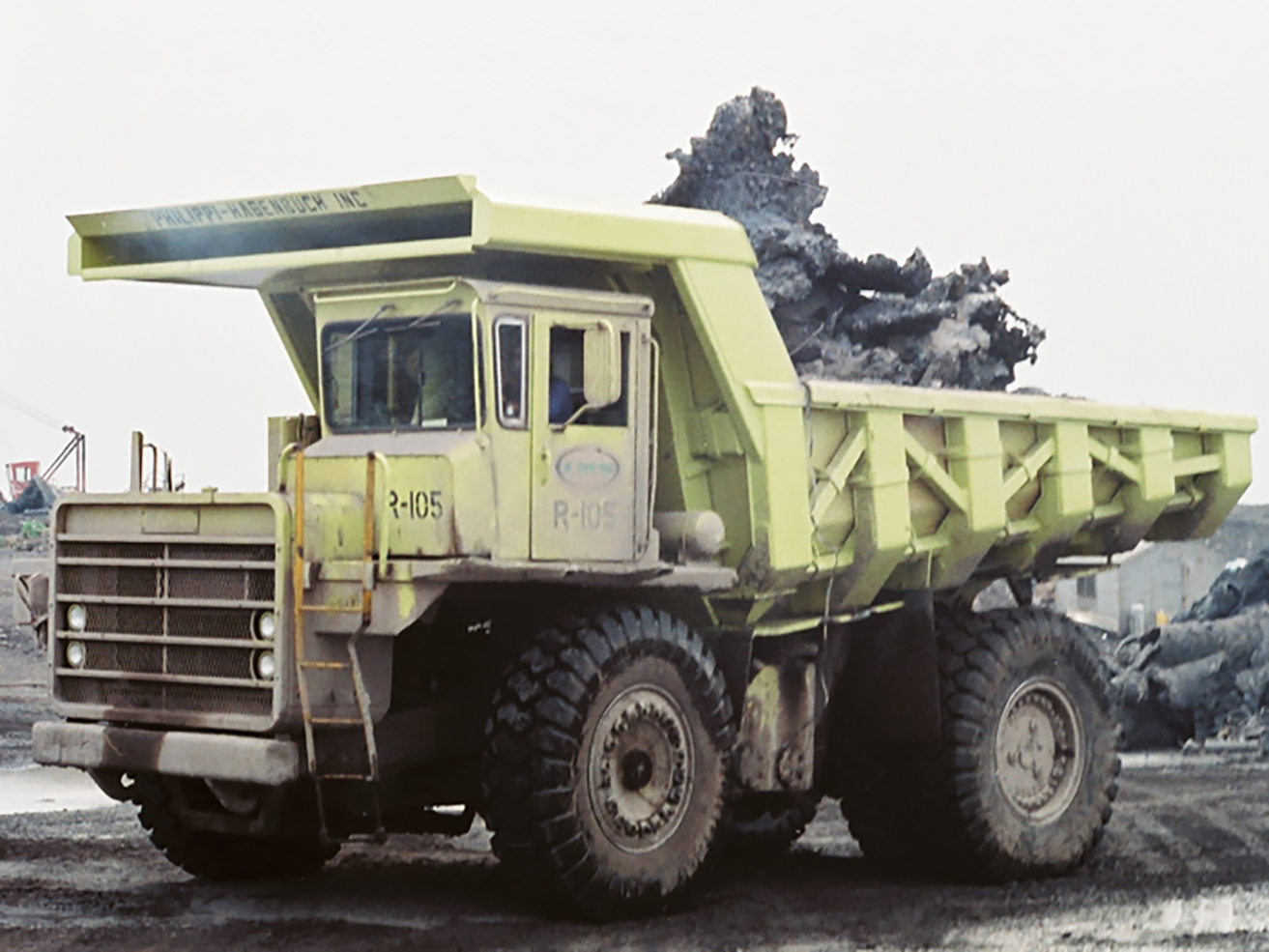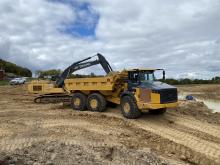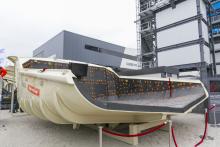
"As a true custom manufacturer, every PHIL product is designed to excel in a specific application," said Josh Swank, vice president of sales and marketing for Philippi-Hagenbuch (PHIL). "In the past, steel mill clients requested a unique HiVol truck body to haul hot slag. Our engineers responded with the Hot Slag Body. Now, with the new HiTemp steel from SSAB, we can provide the same strength and durability with less steel, maximising payload potential and providing our clients with a better product."
The Hot Slag Body is comprised of two components: an exoskeleton superstructure, which does not come in contact with molten material; and load containing pieces that do.
These pieces form an overlapping structure that is loosely strapped around the body of the exoskeleton to contain the hot slag during operation. This is designed to allow for differential expansion and contraction, where a traditional body would buckle under such extreme heat. When transporting molten material, the pieces expand and contract without breaking welds, binding up or warping. When a piece is damaged or worn out, it can be replaced without any structural welding requirements.
PHIL says the new HiTemp material improves the wear-resistant properties of a 450 Brinell steel, currently used in the Hot Slag Body while providing the same impact, welding and machining properties as the Hardox 450 material preferred by PHIL for heavy-duty applications. It is capable of transporting materials over 1,200 degrees Fahrenheit (648.9 degrees Celsius).
This allows it, says PHIL, to use a thinner plate without jeopardising the product's service life, providing more payload when fully loaded. Additionally, the thinner plate lowers the overall weight of the truck when travelling empty to save on fuel and reduces CO2 emissions.
PHIL has used Hardox material exclusively in its range of custom products — including truck bodies, water tanks and trailers — since 1983. As technology has advanced in SSAB's steel-making process, PHIL employed harder versions of the Hardox material — starting with Hardox 400 and moving to Hardox 450 in 2000, standardising on one specific grade along the way.









